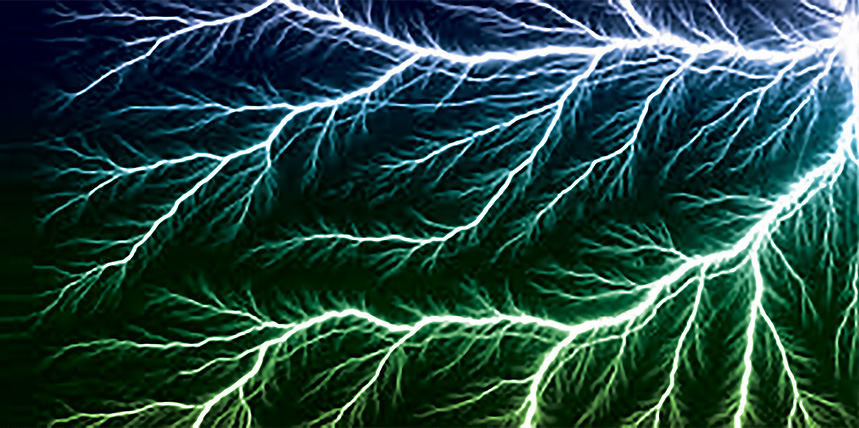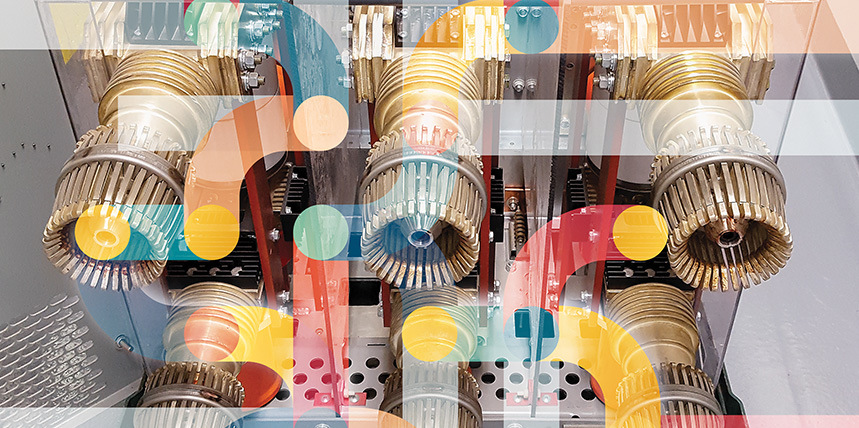Safety, quality, and productivity are closely interconnected in the manufacturing, construction, and electrical services industries. Sacrificing one of these elements inevitably impacts the others. When organizations prioritize maintaining safety, quality, and productivity, they enhance their ability to serve customers effectively and protect their employees and customers. Let’s examine the relationship between these three essential pillars of a strong, sustainable business. …
Building an Electrical Safety Conscientious Confidence through NFPA 70E
As humans, many people feel they are invincible — until they aren’t. The electrical industry is filled with individuals with tremendous ability to do their jobs. Whether you are an engineer designing an electrical system, an electrical contractor managing the installation, an electrician installing the electrical system, or a manager overseeing workplace electrical safety for an employer, you play a …
Electrical Safety: The Troubleshooting Process and Staying Alive
Far too many technicians, electricians, and other tradespeople are severely or fatally injured each year due to an electrical issue. From a technician’s standpoint, we are wired to jump on the problem, fix it, and get the plant back up and running, regardless of the necessary actions, because downtime results in lost revenue. We must examine ourselves and address the …
Real-World Causes of Partial Discharge
Over the past decade, we’ve gained critical insights into partial discharge (PD), recognizing it as a real issue that can lead to catastrophic equipment failures. We’ve also developed on-line and off-line methods to detect PD. Yet many still find it unclear why partial discharge occurs and inconceivable that something as simple as a poorly positioned tie-wrap can bring down a data center. …
Navigating On-Site PD Testing Methods to Assess Power Transformer Insulation
Partial discharge (PD) is a localized dielectric breakdown that only partially bridges the insulation between conductors. PD in transformers can be categorized into two types: The continuous presence of PD activity in a transformer’s solid insulation during operation can lead to the degradation of surrounding materials and potentially result in a complete failure of the electrical insulation system over time. …
A Blueprint to Solar Testing
Solar performance testing is crucial for verifying the efficiency and reliability of photovoltaic (PV) power systems. As solar installations become more prevalent, it’s essential to have testing plans in place to ensure systems are functioning optimally and meeting expected performance standards. This article explores the key components of a typical solar interconnection site, outlines an effective testing methodology, and discusses …
Photovoltaic Testing Ensures Maximum Efficiency for Solar Arrays
As the world of solar energy continues to grow, testing on the acceptance and maintenance sides will grow with it. In typical installations, we have been asked to test only the basic electrical apparatus. This typically consists of circuit breakers, transformers, instrument transformers, relays, cables, grounding, and functional testing. Inverters are often held for the manufacturer to set up and …
Unique Demands of Solar Applications
Solar generation relies on a discontinuous power source — the sun. Day and night cycles paired with environmental factors like precipitation and cloud cover influence its reliability, so power generation from this type of renewable source is cyclical rather than continuous. This means your transformer will not run at 100% load for 24 hours. Depending on the time of year, …
Improve HVCB Testing Using a New All-In-One Approach
Most of today’s available testing devices use various cables and sources to measure timing and contact resistance in high-voltage circuit breakers (HVCBs). Most have only one source for resistance measurement, so the resistance of each phase is measured individually. This implies that it is necessary to change the connection to the main circuit breaker several times during testing, which requires …
Breaker Failure Schemes: Implementation and Testing
Circuit interrupters or breakers are used to isolate and prevent sustained faults. These breakers have various types of failure modes which include trip coil failure, trip circuit opening, mechanical latch malfunction, and insulating gas leaks, to name a few. A sustained fault is recognized when it takes longer to isolate it than the sum of the normal relay and device …









